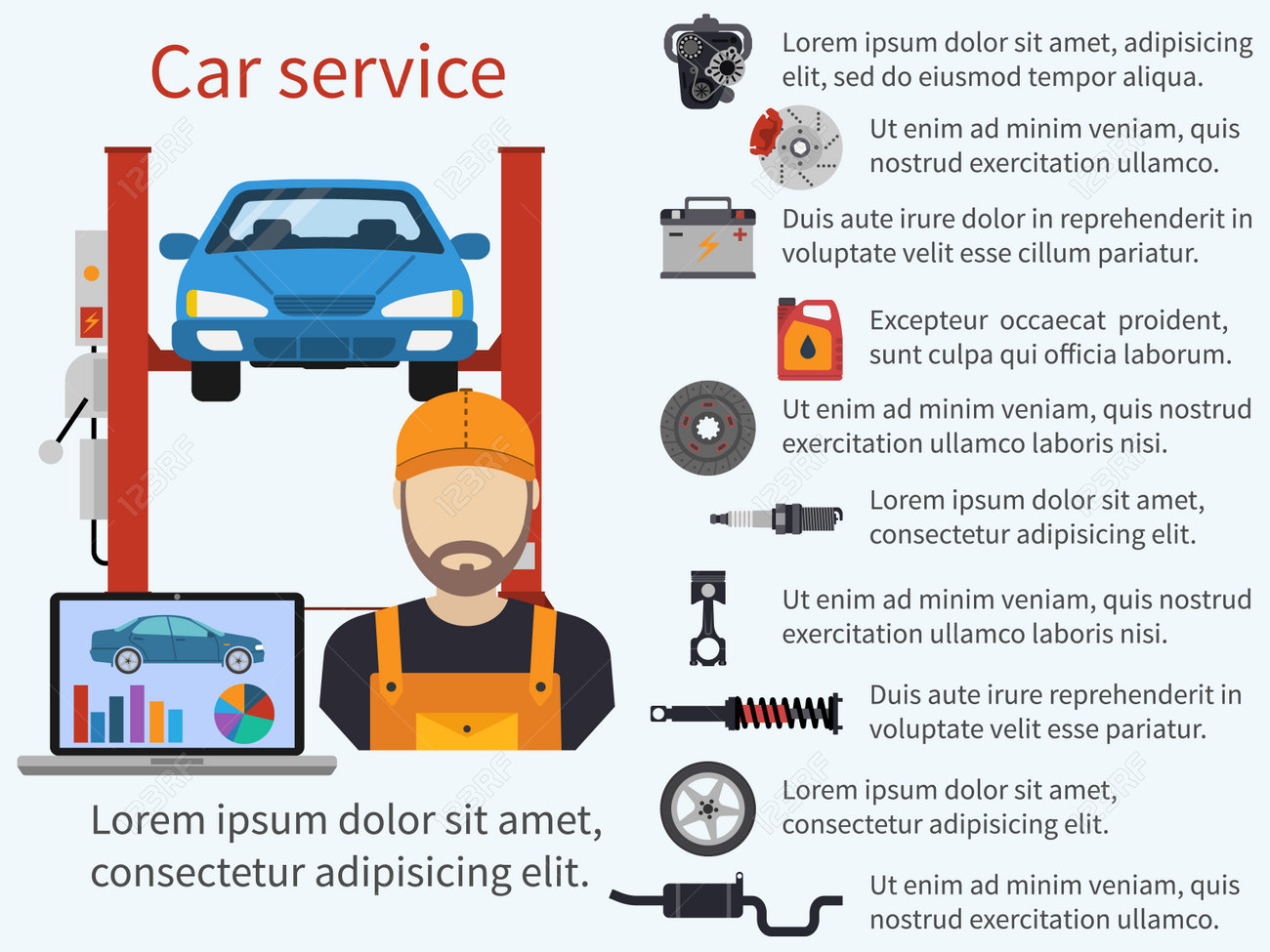Decoding Your Vehicle'S Warning Indicators: What They Absolutely Represent
Decoding Your Vehicle'S Warning Indicators: What They Absolutely Represent
Blog Article
Author-Lim Shepherd
When you lag the wheel, those radiant warning lights on your control panel can be a little bit perplexing. Do you know what they're trying to inform you concerning your car's health and wellness? Recognizing the importance of these lights is essential for your safety and security and the longevity of your automobile. So, the following time one of those lights pops up, wouldn't you want to understand its message properly and take the needed steps to address it?
Common Warning Lighting and Interpretations
Identify common caution lights in your vehicle and recognize their significances to ensure safe driving.
The most regular warning lights include the check engine light, which signals concerns with the engine or exhausts system. If this light comes on, it's critical to have your lorry examined immediately.
The oil stress advising light shows reduced oil stress, calling for prompt attention to prevent engine damages.
A flashing battery light could suggest a defective charging system, possibly leaving you stranded otherwise addressed.
The tire pressure surveillance system (TPMS) light signals you to low tire stress, influencing vehicle security and gas effectiveness. Overlooking this can lead to unsafe driving conditions.
https://dominickhdwuo.weblogco.com/32202727/the-ease-of-mobile-cars-and-truck-describing-changes-your-automobile-s-look-but-is-it-as-efficient-as-typical-approaches-discover-the-fact-behind-this-service suggests an issue with the anti-lock braking system, endangering your ability to stop swiftly in emergency situations.
Lastly, the coolant temperature alerting light warns of engine overheating, which can lead to serious damage otherwise settled promptly.
Recognizing these common caution lights will certainly aid you resolve concerns without delay and maintain risk-free driving problems.
Importance of Prompt Interest
Recognizing the usual caution lights in your vehicle is just the first step; the relevance of promptly resolving these warnings can't be stressed sufficient to guarantee your security when driving.
When a warning light brightens on your control panel, it's your cars and truck's way of communicating a possible issue that requires focus. Ignoring these warnings can result in much more severe problems down the road, endangering your safety and security and potentially costing you much more in repairs.
Trigger interest to cautioning lights can prevent break downs and crashes. As an example, a blinking check engine light might suggest a misfire that, if left ignored, might trigger damages to the catalytic converter. Addressing this promptly can conserve you from a pricey fixing.
Similarly, a brake system advising light may indicate reduced brake fluid or worn brake pads, crucial parts for your safety and security when driving.
Do It Yourself Troubleshooting Tips
If you notice a caution light on your control panel, there are a few do it yourself fixing ideas you can attempt before seeking professional help.
The initial step is to consult your vehicle's manual to recognize what the specific warning light suggests. Occasionally the problem can be as easy as a loose gas cap setting off the check engine light. Tightening up the gas cap might deal with the issue.
Another common problem is a reduced battery, which can set off numerous warning lights. Examining please click the following internet site for corrosion and guaranteeing they're safe could repair the problem.
If a warning light persists, you can attempt resetting it by separating the cars and truck's battery for a couple of minutes and after that reconnecting it. In addition, checking your vehicle's fluid degrees, such as oil, coolant, and brake liquid, can assist fix advising lights associated with these systems.
Conclusion
To conclude, comprehending your auto's warning lights is necessary for keeping your automobile running smoothly and securely. By without delay addressing these notifies and knowing what they imply, you can prevent costly fixings and potential failures.
Remember to consult your auto's manual for particular details on each alerting light and take action appropriately to make sure a hassle-free driving experience.
Remain informed, stay risk-free on the road!
